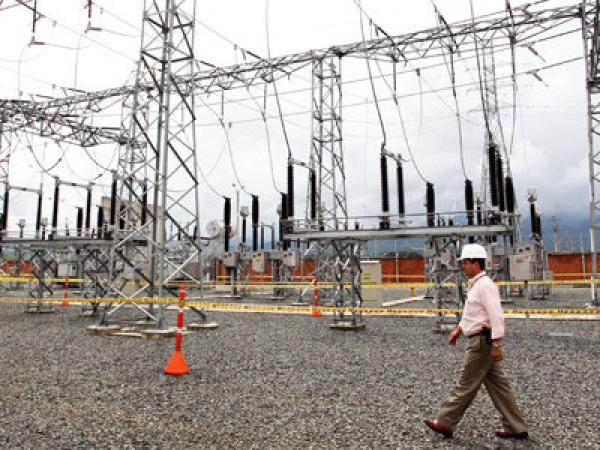power generation in January it was 6,276.74 gigawatt hours (GWh), which means a decrease of 41.21 GWh compared to what was generated in December 2021. On average, during the first month of the year, energy generation was 202.48 GWh-day, with a decrease of 0.65% compared with the generation of December 2021, which was 203.80 GWh-day.
So reported XM, operator of the National Interconnected System (SIN), and administrator of the Wholesale Energy Market (MEM), indicating that 78.34% of the generation, equivalent to 158.61 GWh-day average, was the product of renewable resources, while the remaining 21.66%, equivalent at 43.86 GWh-day average, it was from non-renewable resources.
(See: The mess between Claro and Emcali that left thousands of users without internet).
“The aggregate level of the electricity generation reservoirs stood at 67.8% of the useful volume, 11.3 points below the level reported at the end of December 2021 (79.1%), this decrease in reserves of the SIN is normal for the summer season. When performing the analysis by hydrological regions, the reservoirs of Antioquia reached 83.7%, followed by the Caribbean, with 77.9%; East, with 63.7%; Valley, with 55.5%; and Center, with 55.3%”, notes the XM newsletter.
For their part, the water contributions They closed the month with an average of 90.8% with respect to the historical monthly average. The water contributions by region were: Valley, with 150.2%; Antioquia, with 93.5%; Caribbean, with 81.1%; and Center, with 77.1%.
(See: The public services with the most increases and those with the most complaints).
“In January, the reserves of the country’s energy reservoirs stood at 67.8%, with a decrease of 11.3 points compared to the previous month, which was 79.05%; behavior that is consistent with the summer season that usually extends until March in Colombia. Thanks to the reserves with which we closed the year as a result of the rainy phenomenon of previous months, added to the contribution of thermal generation during the summer, we can provide a part of tranquility for the operation of the SIN in this period”, explained Jaime Alejandro Zapata Uribe, manager of the XM National Dispatch Center.
The energy source with the greatest contribution was hydraulic generation with 97.37%, equivalent to 154.44 GWh-day average (decreasing 0.97% compared to the previous month).
(See: The Bogotá Energy Group closed the purchase of Rialma III in Brazil).
By power source, hydraulic plants with reservoirs were the largest contributors with 85.54%, equivalent to 135.67 GWh-day average (decreasing 0.51% compared to the previous month), while the edge of water plants contributed 11.83% equivalent to 18.77 GWh-day average with a decrease of 4.19% compared to the previous month.
The total of the generation with nonrenewable resources (fossil fuel) for the month of January was 43.86 GWh-day average (presenting a growth of 0.16% compared to the previous month).
By power source, the Coal was the largest contributor with 50.32%, equivalent to 22.07 GWh-day average (with a growth of 13.31% compared to the previous month), followed by gas with 49.45%, equivalent to 21 .69 average GWh-day (with a decrease of 8.45% compared to the previous month).
BRIEFCASE
















